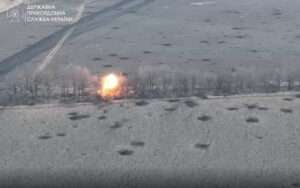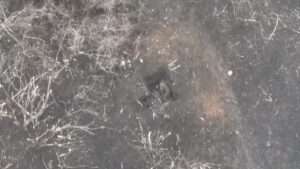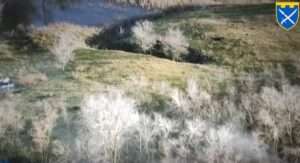These images show a Ukrainian soldier using virtual reality to learn how to use the British NLAW portable anti-tank guided missile system.
The video shows the Ukrainian soldier standing in front of a screen and using the British-Swedish anti-tank guided missile (ATGM) system to shoot down enemy helicopters made of polygons and other 3D foes.
The images were obtained from the State Border Service of Ukraine on Tuesday, 25th October, along with a statement saying: “Border guards are trained to use the NLAW anti-tank system.
“NLAW is a Swedish-British portable anti-tank guided missile. The principle of its action: aim, aim, and open fire. This is exactly what fighters bring to automaticity during training in an interactive shooting range.
“So far, our record is hit all targets in 9.39 seconds, how about yours?”
The images and statement were also relayed by the Ministry of Internal Affairs of Ukraine.
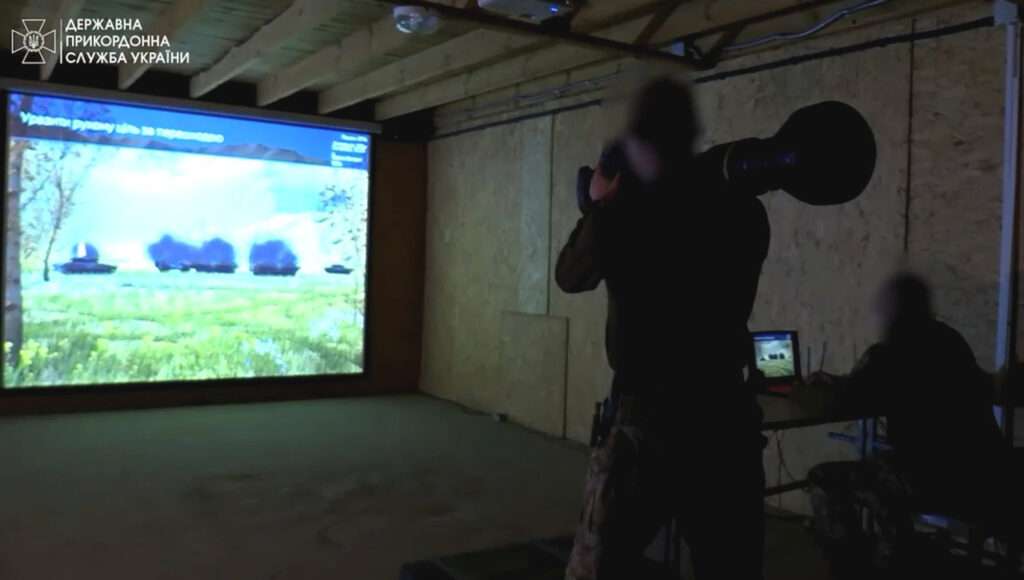
Russia invaded Ukraine on 24th February in what the Kremlin is still calling a “special military operation”. Today marks the 246th day of the war.
The General Staff of the Armed Forces of Ukraine reported that between 24th February and 27th October, Russia had lost about 69,220 personnel, 2,631 tanks, 5,364 armoured combat vehicles, 1,690 artillery units, 379 multiple launch rocket systems, 192 air defence systems, 271 warplanes, 249 helicopters, 1,398 drones, 351 cruise missiles, 16 warships, 4,078 motor vehicles and fuel tankers, and 150 units of special equipment.
Russia has claimed that its casualties have been much lower but provides infrequent updates on its latest figures.
Russian President Vladimir Putin has reportedly overseen multiple military exercises involving strategic nuclear forces and the launch of multiple cruise and ballistic missiles.
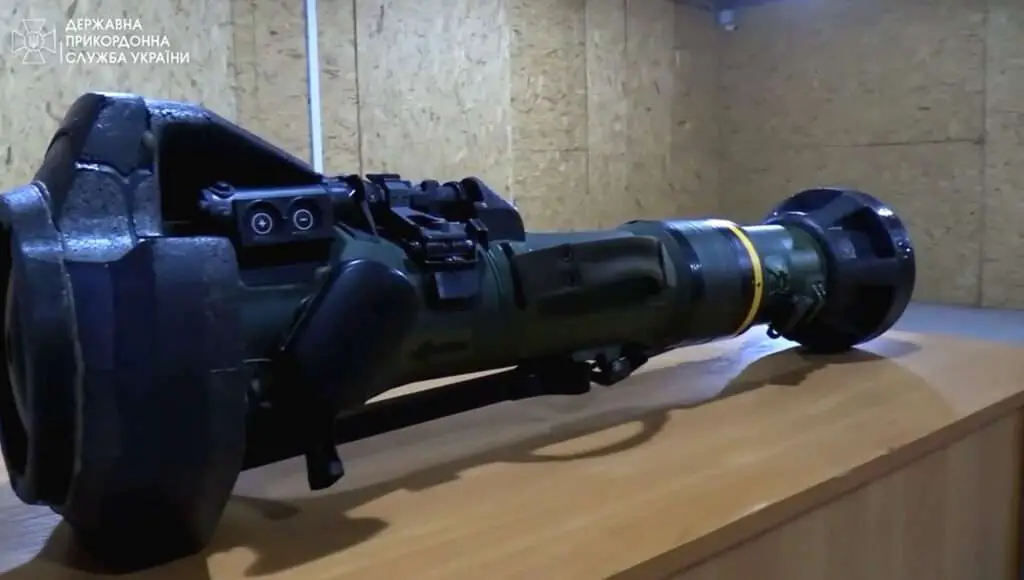
Russian Defence Minister Sergei Shoigu said that the exercises were to simulate a “massive nuclear strike” by Russia in response to a nuclear attack.
Oleksiy Arestovych, an adviser to the President of Ukraine, Volodymyr Zelensky, said that the Russians had given no sign that they were going to abandon the city of Kherson, with the Russian-installed authorities reportedly telling locals to move to the eastern bank of the Dnieper River.
Vladimir Saldo, a Russia-installed official in Kherson, has said that 70,000 civilians have left the Kherson region in a week.
Oleksiy Reznikov, the Minister of Defence of Ukraine, has said that poor weather and the terrain had slowed down the advance of the Ukrainian military in the Kherson region.
Reznikov also said that he did not believe that Putin would use nuclear weapons.
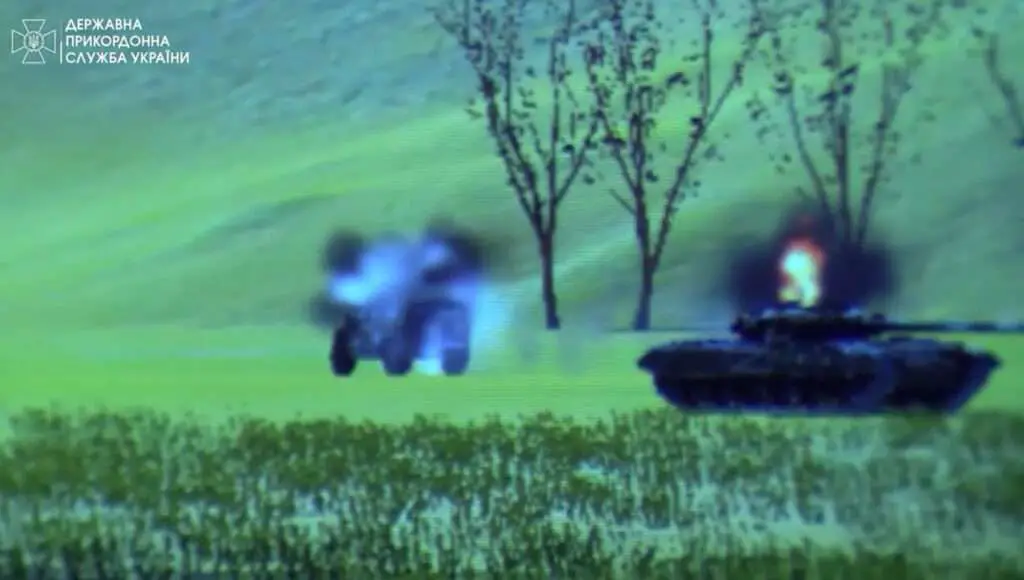
Ukraine has reportedly exhumed approximately 1,000 bodies, including those of civilians and children, in the recently liberated region of Kharkiv. This figure includes 447 bodies found at a mass burial site in Izium.
The Russian Ministry of Defence has said that Defence Minister Shoigu has spoken by phone with his Chinese and Indian counterparts and raised Russia’s supposed concerns about the possibility of Ukraine using a “dirty bomb”.
This is after Shoigu spoke by phone with NATO defence ministers. There is currently no evidence to support Russia’s claim.
Martin Griffiths, the United Nations aid chief, has said that he is “relatively optimistic” that the UN-brokered Black Sea grain export deal would be extended beyond mid-November.
There are plans for the European Union to introduce a price cap on gas this winter to tackle price spikes, if members give Brussels the power to propose the measure.

